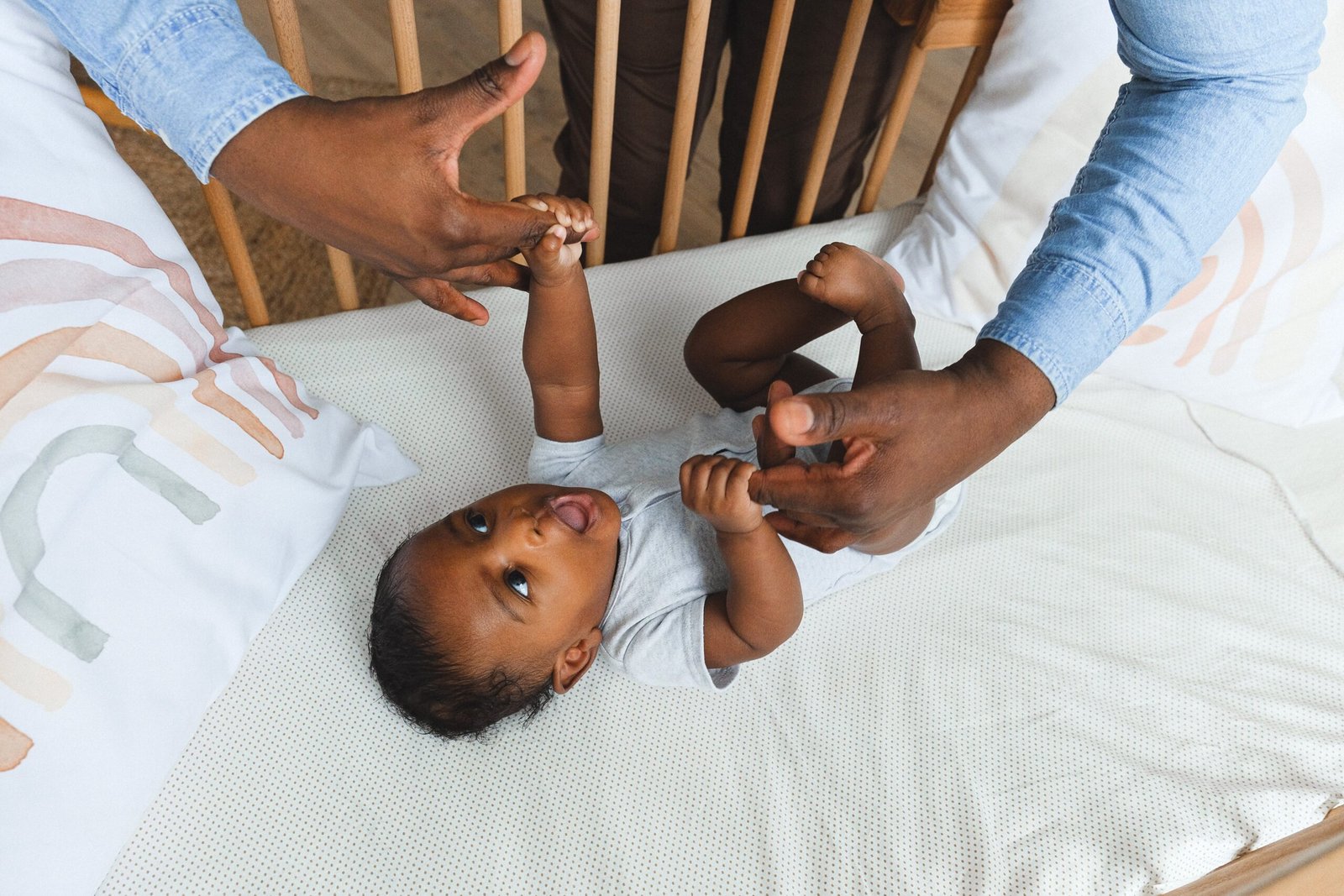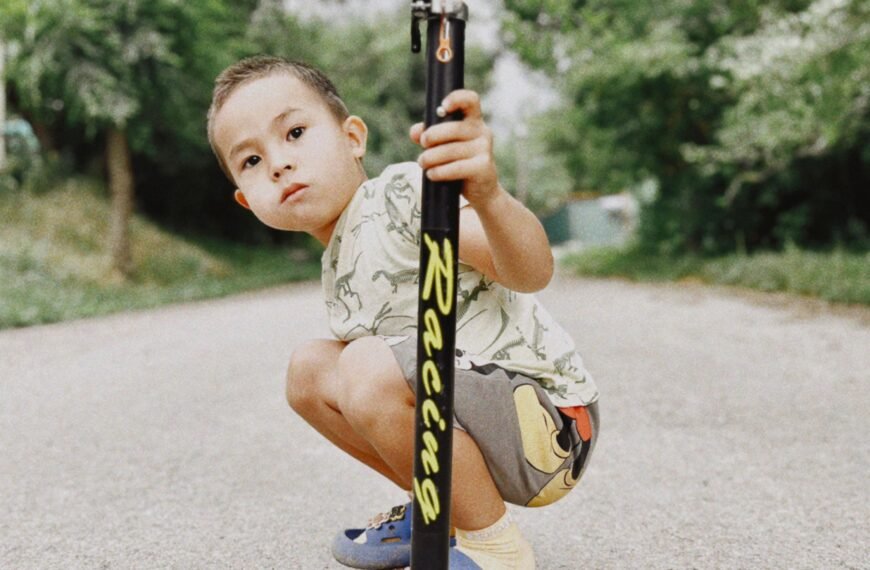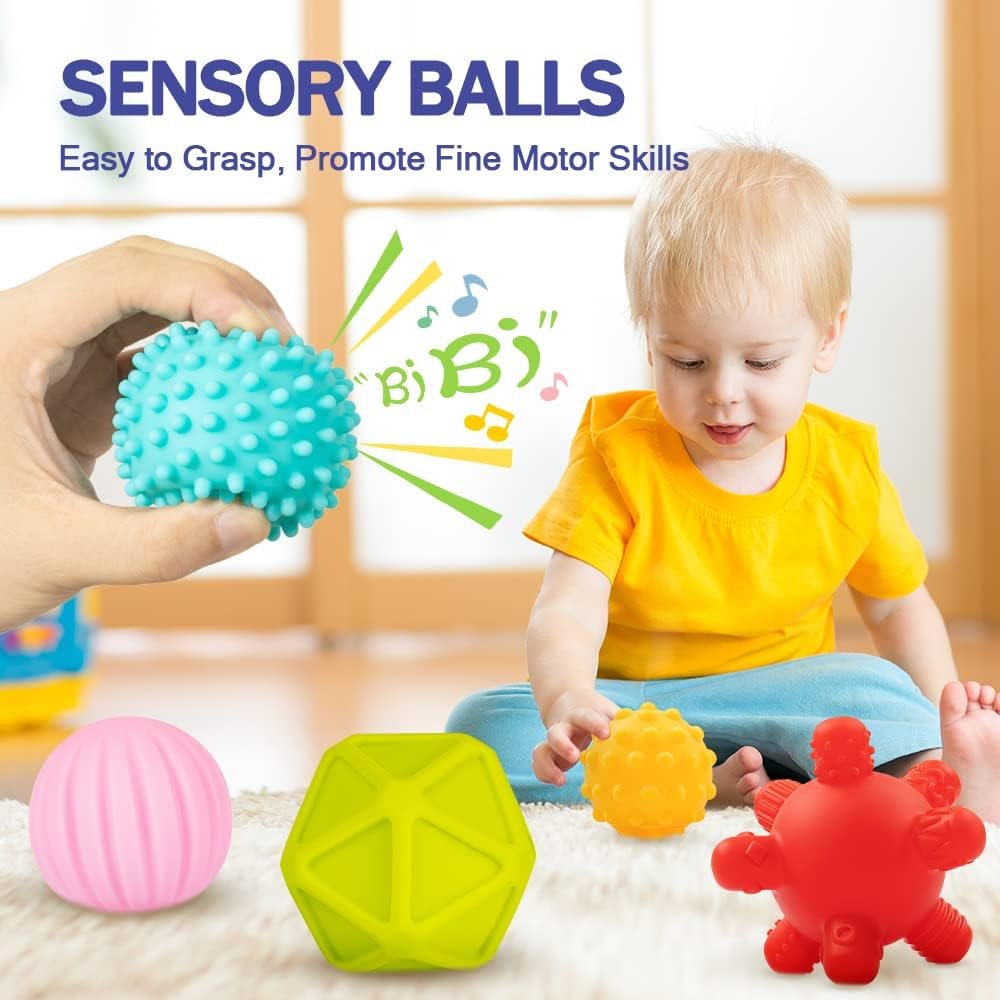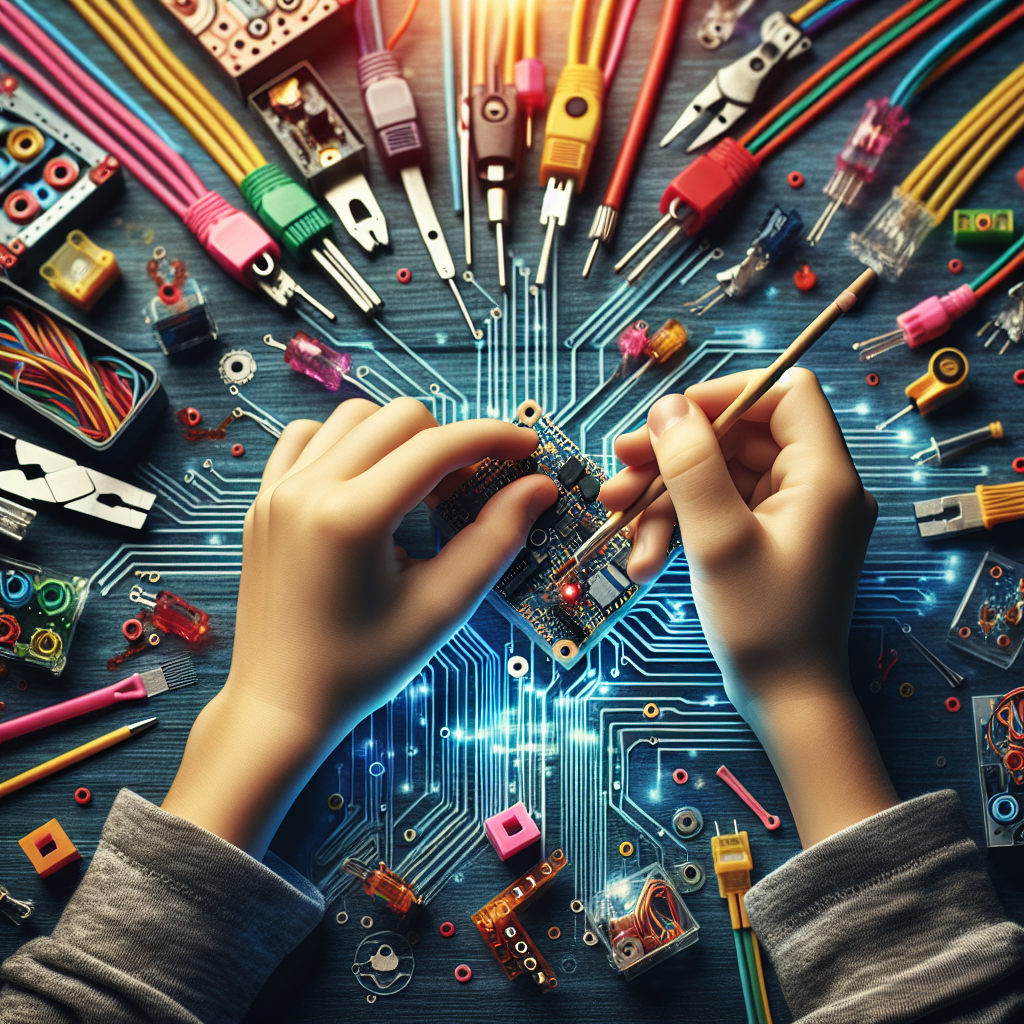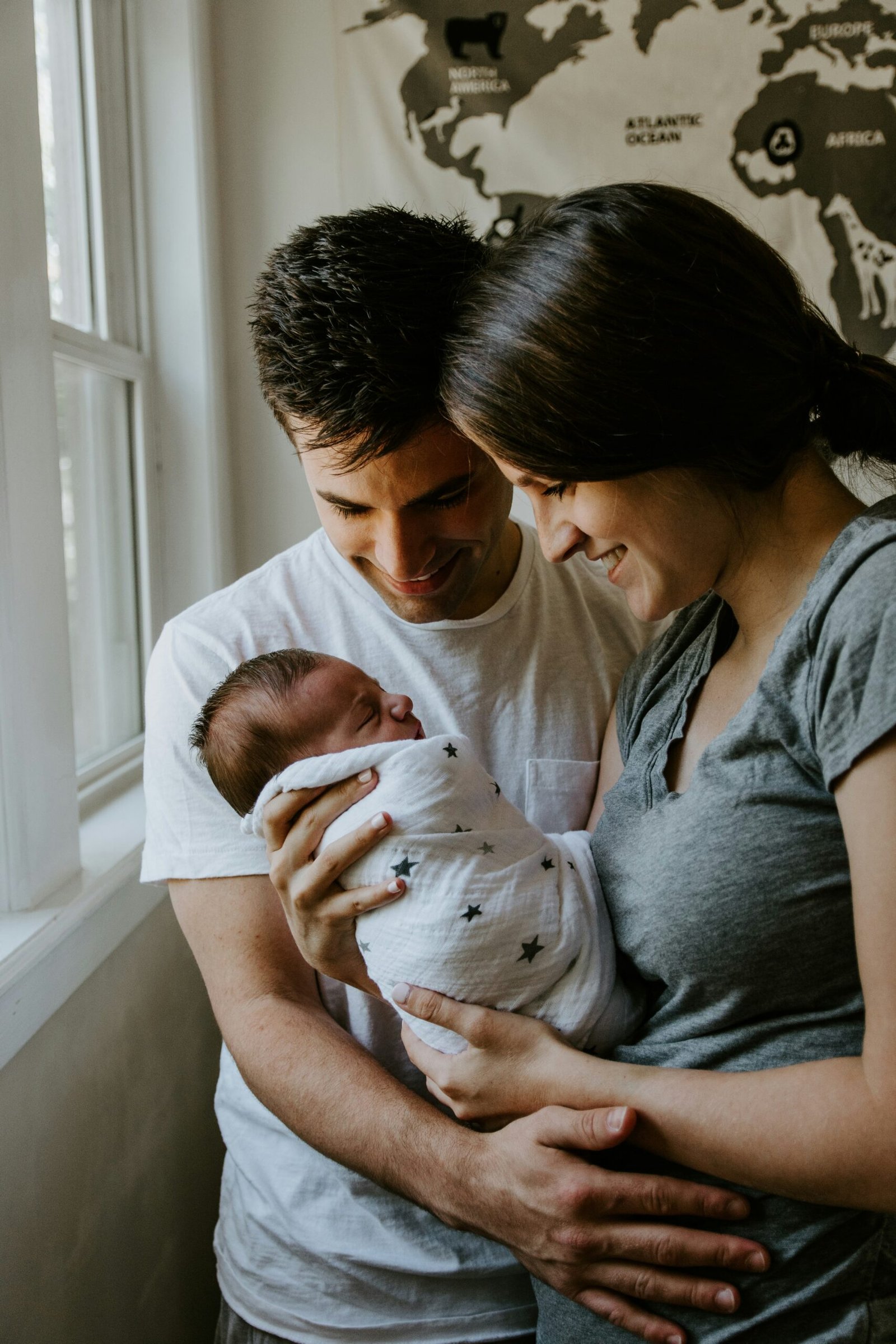Keeping your baby’s toys clean and germ-free is an essential part of their overall well-being and development. But how exactly do you go about sanitizing those beloved playthings? In this article, we will explore simple yet effective methods to ensure that your little one’s toys remain hygienic and safe for their eager exploration. From gentle soapy solutions to handy sanitizing wipes, we’ve got you covered with practical tips and techniques. Let’s dive into the world of baby toy sanitation and discover how you can keep those toys squeaky clean for your little bundle of joy.
Check Baby Toys Guide & Review
Methods for Sanitizing Baby Toys
Sanitizing with Soap and Water
One of the simplest and most effective ways to sanitize baby toys is by using soap and water. This method is suitable for a wide range of toys, regardless of their material. To sanitize with soap and water, start by filling a basin or sink with warm water and adding a few drops of mild, baby-safe soap. Gently scrub the toys using a sponge or cloth, paying extra attention to any crevices or hard-to-reach areas. Rinse the toys thoroughly with clean water and allow them to air dry completely before giving them back to your baby.
Sanitizing with Bleach Solution
When it comes to removing germs and bacteria from baby toys, a bleach solution can be highly effective. However, it is important to use bleach carefully and follow the instructions provided by the manufacturer. To sanitize with a bleach solution, mix 1 tablespoon of bleach with 1 gallon of water. Immerse the toys in this solution for 5-10 minutes, making sure all surfaces are covered. After soaking, rinse the toys thoroughly with clean water and let them air dry completely.
Sanitizing with Disinfectant Wipes
For a quick and convenient sanitizing method, disinfectant wipes can be a great option. Look for wipes that are specifically designed for baby toys and are labeled as non-toxic. Simply wipe down the surfaces of the toys with the disinfectant wipes, ensuring that all areas are covered. Pay extra attention to any spots that come into direct contact with your baby’s mouth. Allow the toys to air dry completely before giving them back to your little one.
Sanitizing with Vinegar
Vinegar is a natural and safe option for sanitizing baby toys. Mix equal parts white vinegar and water in a basin or sink. Immerse the toys in the vinegar solution for 30 minutes, ensuring that all surfaces are covered. After soaking, rinse the toys with clean water and let them air dry completely. The smell of vinegar will dissipate as the toys dry, leaving them fresh and germ-free.
Sanitizing with Steam
Steam cleaning is an effective method for sanitizing a wide variety of baby toys, especially those that are not water-sensitive. To sanitize with steam, use a steam cleaner or a handheld steamer specifically designed for cleaning purposes. Pass the steam cleaner over the surface of the toys, focusing on areas that come into contact with your baby’s mouth. The high temperature of the steam will help eliminate any germs or bacteria present on the toys. Make sure to follow the manufacturer’s instructions for your specific steam cleaner model.
Sanitizing with UV Light
UV light, specifically UV-C light, has germicidal properties that can effectively kill bacteria and viruses on the surface of baby toys. UV light sanitizing devices are available in the market specifically designed for baby toys. Place the toys in the UV light sanitizer and follow the instructions provided by the manufacturer. It is important to note that UV light sanitizers should be used in a well-ventilated area and according to the safety guidelines mentioned in the product manual.
Sanitizing by Submerging in Boiling Water
Submerging baby toys in boiling water is another method for sanitizing. This method is suitable for toys that are made of materials that can withstand high temperatures. Fill a pot with water and bring it to a rolling boil. Carefully place the toys in the boiling water and let them sit for a few minutes. Remove the toys using tongs or a slotted spoon and allow them to cool and air dry completely before giving them back to your baby.
Sanitizing with Baking Soda
Baking soda is a versatile cleaning agent that can also be used to sanitize baby toys. Create a paste by mixing baking soda with a small amount of water. Apply the paste to the toys and scrub gently with a cloth or sponge. The mild abrasive properties of baking soda help to remove dirt and grime while eliminating germs and bacteria. Rinse the toys thoroughly with clean water and allow them to air dry completely.
Sanitizing with Hydrogen Peroxide
Hydrogen peroxide is an effective disinfectant that can be used to sanitize baby toys. Start by diluting hydrogen peroxide with an equal amount of water. Immerse the toys in the hydrogen peroxide solution for 5-10 minutes, ensuring that all surfaces are covered. After soaking, rinse the toys thoroughly with clean water and let them air dry completely. It is important to note that hydrogen peroxide can cause discoloration, so it’s best to test it on a small, inconspicuous area of the toy first.
Sanitizing with Dishwasher
Some baby toys, especially those made of hard plastic or silicone, can be safely sanitized in the dishwasher. Check the manufacturer’s instructions to ensure that the toy is dishwasher safe. Place the toys in the dishwasher, taking care to separate small parts or accessories. Use a baby-safe detergent on a gentle cycle, and avoid using a heated drying setting to prevent any damage. Once the cycle is complete, remove the toys and allow them to air dry completely.
General Tips for Sanitizing Baby Toys
Reading the Manufacturer’s Instructions
Before sanitizing any baby toy, it is important to read and follow the instructions provided by the manufacturer. They may have specific guidelines for cleaning and sanitizing that will ensure the toy remains in good condition.
Checking for Battery Compartments
When sanitizing toys that have battery compartments, make sure to remove the batteries first. Check the manufacturer’s instructions for guidance on how to safely remove and reinsert the batteries.
Cleaning Regularly
To maintain a clean and germ-free environment for your baby, it is important to establish a regular cleaning routine for their toys. Aim to clean and sanitize toys at least once a week, or more frequently if they come into direct contact with bodily fluids, dirt, or other contaminants.
Cleaning Toys Before First Use
Before giving a new toy to your baby, it is recommended to clean and sanitize it. This ensures that any dust, germs, or other contaminants acquired during the manufacturing or packaging process are removed.
Separating Toys by Material
To simplify the sanitizing process, it can be helpful to separate toys by material. This allows you to choose the appropriate cleaning method for each group of toys, ensuring the best results.
Inspecting for Damaged Toys
Regularly inspect baby toys for any signs of damage, such as cracks, loose parts, or frayed edges. Damaged toys can harbor bacteria and pose a safety hazard for your baby. If a toy is damaged, consider replacing it or repairing it if possible.
Using Non-Toxic Cleaning Products
When choosing cleaning products for baby toys, opt for non-toxic and baby-safe options. Avoid cleaners that contain harsh chemicals or strong fragrances, as they can be harmful to your baby if ingested or inhaled.
Avoiding Harsh Chemicals
Some cleaning agents, such as bleach or strong disinfectants, can be too harsh for certain toys or pose a risk to your baby’s health. Always check the manufacturer’s instructions and use cleaning agents that are safe for the specific toy material.
Thoroughly Drying Toys
After cleaning and sanitizing toys, it is crucial to let them air dry completely before giving them back to your baby. Moisture can promote the growth of mold or mildew, which can be harmful to your baby’s health.
Keeping Toys in Clean Storage
To maintain the cleanliness of baby toys, it is important to store them in a clean and dust-free environment. Use toy bins, baskets, or other storage solutions that can be easily cleaned and provide adequate space for each toy.

Sanitizing Plush Toys
Handwashing Plush Toys
Plush toys, often beloved by babies, can harbor dirt, dust, and germs. To clean and sanitize plush toys, start by checking the manufacturer’s instructions for specific cleaning recommendations. If the toy is machine washable, place it in a pillowcase or laundry bag to protect it and then wash it on a gentle cycle with baby-safe detergent. For non-machine washable plush toys, you can handwash them using a mild soap and warm water. Gently scrub the toy’s surface, paying attention to any stains or soiled areas. Rinse thoroughly and allow the toy to air dry completely.
Machine Washing Plush Toys
When machine washing plush toys, it is essential to check the manufacturer’s instructions to ensure that the toy is machine washable. Place the toy in a pillowcase or laundry bag to protect it and prevent any small parts or accessories from getting lost. Use a gentle cycle and baby-safe detergent. Avoid high spin speeds to prevent the toy from getting damaged. Once the washing cycle is complete, remove the toy from the pillowcase or laundry bag and let it air dry completely.
Using a Dryer to Sanitize Plush Toys
If the plush toy is safe for tumble drying, you can use a dryer to sanitize it further. Place the toy in a pillowcase or laundry bag and set the dryer to a low or delicate setting. Avoid using high heat, as it can damage the toy’s fabric or cause the stuffing to clump. Once the drying cycle is complete, remove the toy from the pillowcase or laundry bag and ensure that it is fully dry before returning it to your baby.
Freezing Plush Toys
An alternative method for sanitizing plush toys is by freezing them. Place the toy in a ziplock bag and seal it tightly. Place the bagged toy in the freezer and let it stay for at least four hours. Freezing can kill bacteria and other germs on the toy’s surface. After removing the toy from the freezer, allow it to thaw completely and ensure it is dry before giving it back to your baby.
Sanitizing Plastic Toys
Washing Plastic Toys
For plastic toys, a simple method for sanitizing is by washing them with soap and water. Fill a basin or sink with warm water and add a few drops of mild soap. Immerse the plastic toys in the soapy water and scrub gently with a sponge or cloth. Pay attention to any crevices or hard-to-reach areas. Rinse the toys thoroughly with clean water and let them air dry completely.
Sanitizing Plastic Toys in the Dishwasher
Many plastic toys can be safely sanitized in the dishwasher. Check the manufacturer’s instructions to ensure that the toy is dishwasher safe. Place the toys on the top rack of the dishwasher, taking care to separate small parts or accessories. Use a baby-safe detergent on a gentle cycle, and avoid using a heated drying setting. Once the cycle is complete, remove the toys from the dishwasher and let them air dry completely.
Using a Bleach Solution on Plastic Toys
Plastic toys that are not suitable for the dishwasher can be sanitized using a bleach solution. Mix 1 tablespoon of bleach with 1 gallon of water in a basin or sink. Immerse the plastic toys in the bleach solution for 5-10 minutes, ensuring that all surfaces are covered. After soaking, rinse the toys thoroughly with clean water and let them air dry completely.
Cleaning Battery-Operated Plastic Toys
When cleaning battery-operated plastic toys, it is important to remove the batteries first. Check the manufacturer’s instructions for guidance on how to safely remove and reinsert the batteries. You can then follow the appropriate cleaning method for the specific toy material, such as washing with soap and water or sanitizing with a bleach solution.
Avoiding Submerging Electronic Toys in Water
Be cautious when sanitizing electronic toys that have batteries or sensitive electronic components. Avoid submerging these toys in water as it can damage the internal circuitry. Instead, consider using disinfectant wipes or a cloth dampened with an appropriate cleaning solution to wipe down the surfaces of the toy. Always refer to the manufacturer’s instructions for cleaning and sanitizing electronic toys.

Sanitizing Wooden Toys
Cleaning Wooden Toys with Mild Soap and Water
Wooden toys can be cleaned and sanitized by using mild soap and water. Create a mixture of warm water and a few drops of mild, baby-safe soap in a basin or sink. Dip a sponge or cloth into the soapy water and gently scrub the wooden toys, paying attention to any stained or soiled areas. Rinse the toys thoroughly with clean water and allow them to air dry completely.
Using Vinegar Solution on Wooden Toys
To sanitize wooden toys, you can use a vinegar solution. Mix equal parts white vinegar and water in a basin or sink. Immerse the wooden toys in the vinegar solution for 30 minutes, ensuring that all surfaces are covered. After soaking, rinse the toys with clean water and let them air dry completely. Vinegar helps to eliminate bacteria and neutralize odors naturally.
Avoiding Excessive Water Exposure for Wooden Toys
While wooden toys can be cleaned and sanitized with water, it is important to minimize their exposure to excessive moisture. Prolonged immersion in water or excessive moisture can cause the wood to warp or crack, compromising the toy’s structural integrity. Always ensure that wooden toys are thoroughly dried after cleaning and sanitizing.
Applying Beeswax or Natural Sealant to Wooden Toys
To protect and maintain the quality of wooden toys, consider applying a natural sealant or beeswax after sanitizing. This not only helps to keep the wood in good condition but also makes cleaning and sanitizing easier in the future. Follow the manufacturer’s instructions for applying the sealant or beeswax, and ensure that it is safe for use on toys.
Sanitizing Rubber Toys
Cleaning Rubber Toys with Soap and Water
Rubber toys, such as teething toys or bath toys, can be sanitized by cleaning them with soap and water. Fill a basin or sink with warm water and add a few drops of mild soap. Immerse the rubber toys in the soapy water and scrub them gently with a sponge or cloth. Pay attention to any crevices or textured areas. Rinse the toys thoroughly with clean water and allow them to air dry completely.
Using Vinegar on Rubber Toys
Vinegar can be an effective natural disinfectant for rubber toys. Mix equal parts white vinegar and water in a basin or sink. Immerse the rubber toys in the vinegar solution for 30 minutes, ensuring that all surfaces are covered. After soaking, rinse the toys with clean water and let them air dry completely. The vinegar helps to eliminate bacteria and remove any odors.
Disinfecting Rubber Toys with Hydrogen Peroxide
Hydrogen peroxide can be used to disinfect rubber toys effectively. Create a solution by diluting hydrogen peroxide with water (1:1 ratio). Immerse the rubber toys in the hydrogen peroxide solution for 5-10 minutes, ensuring that all surfaces are covered. After soaking, rinse the toys thoroughly with clean water and let them air dry completely.
Avoiding Harsh Chemicals on Rubber Toys
Rubber toys can be sensitive to harsh chemicals, so it is important to avoid using cleaners that contain bleach or strong disinfectants. These chemicals can cause the rubber to deteriorate or become discolored over time. Stick to gentle cleaning agents like mild soap, vinegar, or hydrogen peroxide.

Sanitizing Bath Toys
Cleaning Bath Toys After Every Bath
Bath toys, which are constantly exposed to water and humidity, require regular cleaning after every bath. To prevent the growth of mold or mildew, rinse the toys thoroughly with clean water to remove any soap residue. Squeeze out any excess water and allow the toys to air dry completely. If small amounts of water are trapped inside the toys, consider using a small brush or cotton swab to remove it.
Using Vinegar or Bleach Solution on Bath Toys
For a deeper sanitization of bath toys, you can use either vinegar or a bleach solution. To use vinegar, mix equal parts white vinegar and water in a basin or sink. Immerse the bath toys in the vinegar solution for 30 minutes, ensuring that all surfaces are covered. After soaking, rinse the toys with clean water and let them air dry completely. To use a bleach solution, mix 1 tablespoon of bleach with 1 gallon of water in a basin or sink. Immerse the bath toys in the bleach solution for 5-10 minutes, ensuring that all surfaces are covered. After soaking, rinse the toys thoroughly with clean water and let them air dry completely.
Disassembling Bath Toys for Thorough Cleaning
Some bath toys have small parts or openings that can trap water and harbor bacteria. It is important to disassemble these toys and clean each part individually. Remove any detachable parts and clean them with soap and water, a vinegar solution, or a bleach solution. Pay close attention to any crevices or areas where water might accumulate. Rinse each part thoroughly and let them air dry completely before reassembling the toy.
Drying Bath Toys Properly
After cleaning and sanitizing bath toys, it is crucial to dry them thoroughly to prevent the growth of mold or mildew. Squeeze out any excess water and allow the toys to air dry completely before storing them. Consider using a towel or cloth to pat dry any hard-to-reach areas or hidden crevices.
Sanitizing Teething Toys
Cleaning Teething Toys with Soap and Water
Teething toys, which often come into direct contact with your baby’s mouth, should be cleaned regularly to maintain good hygiene. Start by washing the teething toys with soap and water. Immerse the toys in warm, soapy water and scrub them gently with a sponge or cloth. Pay extra attention to any textured areas or crevices. Rinse the toys thoroughly with clean water and allow them to air dry completely.
Sanitizing Teething Toys with Boiling Water
To effectively sanitize teething toys, you can use the method of boiling water. Fill a pot with water and bring it to a rolling boil. Carefully place the teething toys in the boiling water and let them sit for a few minutes. Remove the toys using tongs or a slotted spoon and allow them to cool and air dry completely before giving them back to your baby.
Using Vinegar Solution on Teething Toys
Vinegar can be a safe and natural option for sanitizing teething toys. Mix equal parts white vinegar and water in a basin or sink. Immerse the teething toys in the vinegar solution for 30 minutes, ensuring that all surfaces are covered. After soaking, rinse the toys with clean water and let them air dry completely. The vinegar helps to eliminate bacteria and remove any odors.
Cleaning Silicone Teething Toys
Silicone teething toys can be cleaned and sanitized in a few different ways. Start by washing the toys with soap and water, scrubbing gently to remove any dirt or residue. Rinse thoroughly with clean water and let the toys air dry completely. For a deeper sanitization, you can also use a vinegar solution or boiling water method, following the same steps mentioned earlier.
Sanitizing Metal Toys
Washing Metal Toys
Metal toys can be washed with soap and water to remove dirt and grime. Fill a basin or sink with warm water and add a few drops of mild, baby-safe soap. Immerse the metal toys in the soapy water and scrub them gently with a sponge or cloth. Pay attention to any stained or soiled areas. Rinse the toys thoroughly with clean water and let them air dry completely.
Drying Metal Toys to Prevent Rust
After cleaning metal toys, it is essential to dry them thoroughly to prevent the formation of rust. Use a soft towel or cloth to remove any excess moisture, paying close attention to any hard-to-reach areas or hidden crevices. Once the toys are dry, leave them in a well-ventilated area to air dry completely before giving them back to your baby.
Disinfecting Metal Toys with Vinegar
Vinegar can also be used to disinfect metal toys effectively. Mix equal parts white vinegar and water in a basin or sink. Immerse the metal toys in the vinegar solution for 30 minutes, ensuring that all surfaces are covered. After soaking, rinse the toys with clean water and let them air dry completely. Vinegar helps to eliminate bacteria and neutralize odors naturally.
Conclusion
Maintaining a clean and germ-free environment for baby toys is crucial for your child’s health and safety. Regular cleaning and sanitizing of baby toys help to remove dirt, germs, and potential allergens, ensuring a safe play environment. By following the outlined methods and general tips for sanitizing different types of baby toys, you can effectively eliminate bacteria and keep your little one’s toys clean and safe to use. Establishing a cleaning routine and checking manufacturer’s instructions will help you maintain a healthy environment for your baby and provide peace of mind for you as a parent. Remember, a little extra effort in sanitizing your baby’s toys goes a long way in protecting their well-being.

